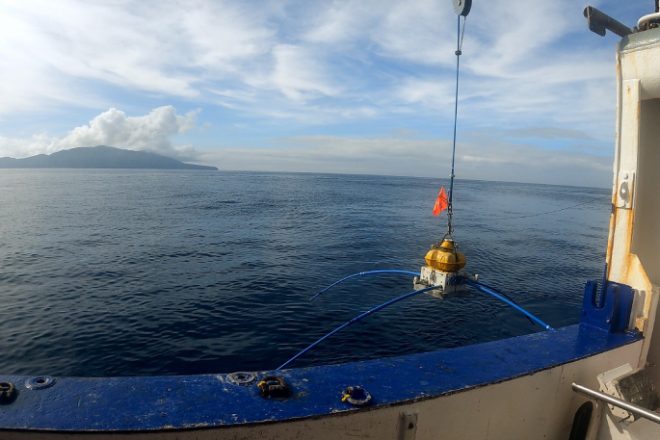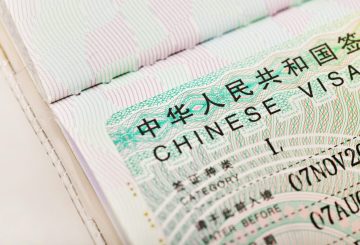탐사선 탕가로아 호가 화카아리/화이트 화산과 투후아/마요르 섬 화산의 화산계를 연구하기 위한 마지막 여정을 떠났다.이는 GNS 사이언스가 주도하는 언더 웨이브 프로그램의 일부입니다.목표는 화산재, 화쇄류, 산사태, 쓰나미와 같은 잠재적 화산 현상의 유발 요인, 위험 및 영향을 더 깊이 이해하는 것입니다.
GNS 사이언스, 스크립스 해양학 연구소의 과학자, 그리고 블레이크 GNS 앰배서더 두 명이 3월 28일부터 4월 12일까지 200개의 해저 전자기 센서 중 나머지 39개를 설치할 예정입니다.이 센서는 화산에 물을 공급하는 마그마 시스템의 이미지를 제공하고 열수 분출이 활발한 지역을 식별할 수 있습니다.
GNS 사이언스 선임 화산 지구 물리학자이자 프로그램 리더인 크레이그 밀러 (Craig Miller) 는 지난 항해에서도 이미 과거 폭발의 빈도, 규모, 원인에 대한 새로운 정보를 제공했다고 합니다.초기 분석 결과 화카아리 북서쪽에 마그마로 추정되는 깊은 유체가 존재했다는 증거가 있다.사실이라면 향후 화산 모니터링 방식에 영향을 미칠 수 있다.이 지역의 지진 활동은 화산 활동이 증가했음을 의미할 수 있습니다.
해저 퇴적물 샘플의 예비 결과에 따르면 1800년대 이후 기록된 분출에 비해 지난 몇 천 년 동안 더 큰 폭발을 일으켰음을 알 수 있습니다.연구팀은 이제 이러한 분출이 본토로 화산재를 운반할 수 있을 만큼 충분히 컸는지 조사하고자 합니다.
이전의 수중 조사 데이터를 통해 이전에 열수 활동이 있었던 위치와 열수 유체가 활발하게 수중에 스며든 위치가 확인되었습니다.이러한 발견은 스카이템 시스템을 사용하여 2023년 초에 실시한 항공 조사와 함께 전체 화산의 과거와 현재의 열수 활동을 매핑하는 데 도움이 됩니다.이 정보는 암석이 약해진 면적과 과거 산사태가 발생한 곳을 보여주는 정확한 3D 모델을 만드는 데 사용됩니다.산사태가 분화를 일으키거나 쓰나미를 일으킬 수 있기 때문에 이는 매우 중요합니다.
크레이그는 “지하 영상은 향후 화산 폭발로 인해 베이 오브 플렌티에 대한 여러 가지 가능한 시나리오를 평가하는 데 사용하기 시작한 강력한 수치 시뮬레이션과 모델에 기여하고 있습니다”라고 말합니다.“이러한 화산 위험이 발생할 확률과 영향을 파악할 수 있다면 발생 시 더 잘 대비할 수 있습니다.”
Beneath the Waves 프로그램은 다양한 대학 및 비상 관리 기관의 협력자들과 함께 GNS가 주도하는 이니셔티브입니다.






























































